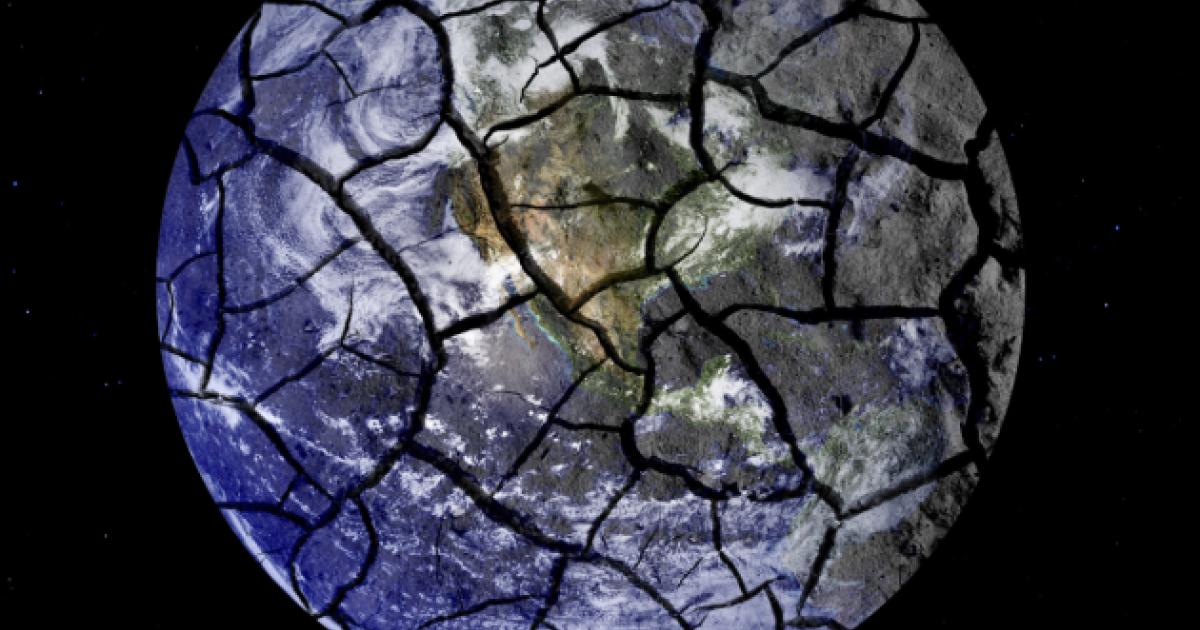abu afak
ALLAH SNACKBAR!
- Mar 3, 2006
- 7,959
- 2,768
- 315
Oh My!Recently I have had a lot of quiet time in hospitals and my colleague's sent me data from different climate models to review after they performed Empirical Verification tests. None of the models we evaluated passed the test. They all over estimated warming by a factor of 10 and some were as high as 20.
Each of the models failed to include UHI (Urban Heat Island) and other natural variation forcings, both positive and negative.
In several threads, I have asked multiple times how the current modeling had ruled out natural forcings and land use changes. No one seems to be able to answer this question. Many of the models, currently in use, we were denied access to. I found this very concerning as open and transparent science is required for replication and verification, the very basis of the scientific method.
My challenge is this: Bring me the names of models and how they included natural forcings and land use changes in them. Feel free to post links to these models/modelers and their sources. Then explain how they ruled out these natural factors and land use changes which affect the global average of temperature.
Do not appeal to authority. I want facts and data only.
You've really caught those idiots now.
They never heard of/thought of UHIs.
WTF!
You didn't named any Failed models. (just friends sent you stuff)
If they don't adjust, their data is wrong, and when they do, they're cheating/'moving the goal posts.'
RIGHT?
IAC they are well aware of the problem OF COURSE, YOU MORON. (they probably have to move some gauges all the time)
Just Google for a few SECONDS.
Because YOU just thought of it, doesn't mean it's new to them.
The 'Argument from Ignorance Fallacy.'
2015
Recent challenges in modeling of urban heat island
RedirectingGet rights and contentUnder a Creative Commons license - open access
Highlights
- •
Different techniques in investigation of urban heat island are discussed. - •
Recent efforts in modeling of urban heat island is categorized and summarized. - •
Importance of the selected scale in a UHI problem is described.
Abstract
The elevated air temperature of a city, urban heat island (UHI), increases the heat and pollution-related mortality, reduces the habitats’ comfort and elevates the mean and peak energy demand of buildings. To countermeasure this unwanted phenomenon, a series of strategies and policies have been proposed and adapted to the cities.Various types of models are developed to evaluate the effectiveness of such strategies in addition to predict the UHI. This paper explains the compatibility of each type of model suitable for various objectives and scales of UHI studies.
The recent studies, mainly from 2013 to 2015, are further categorized and summarized in accordance with their context of study.
[..........]
[..........]
`
Last edited:
